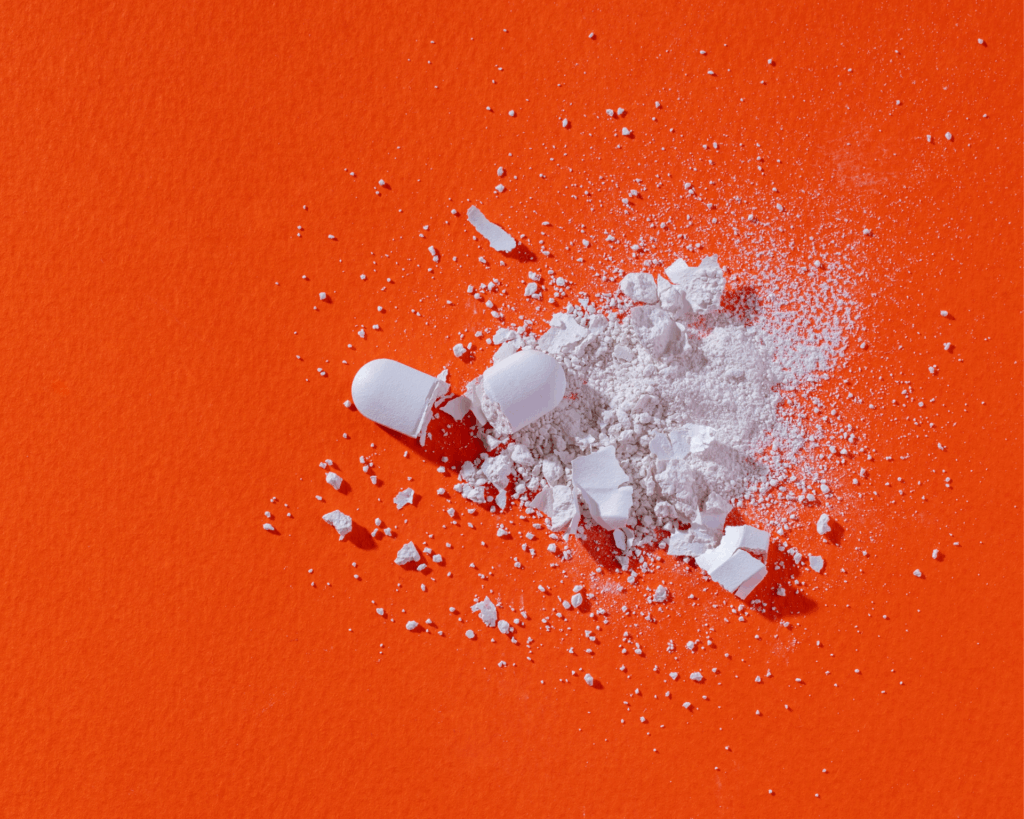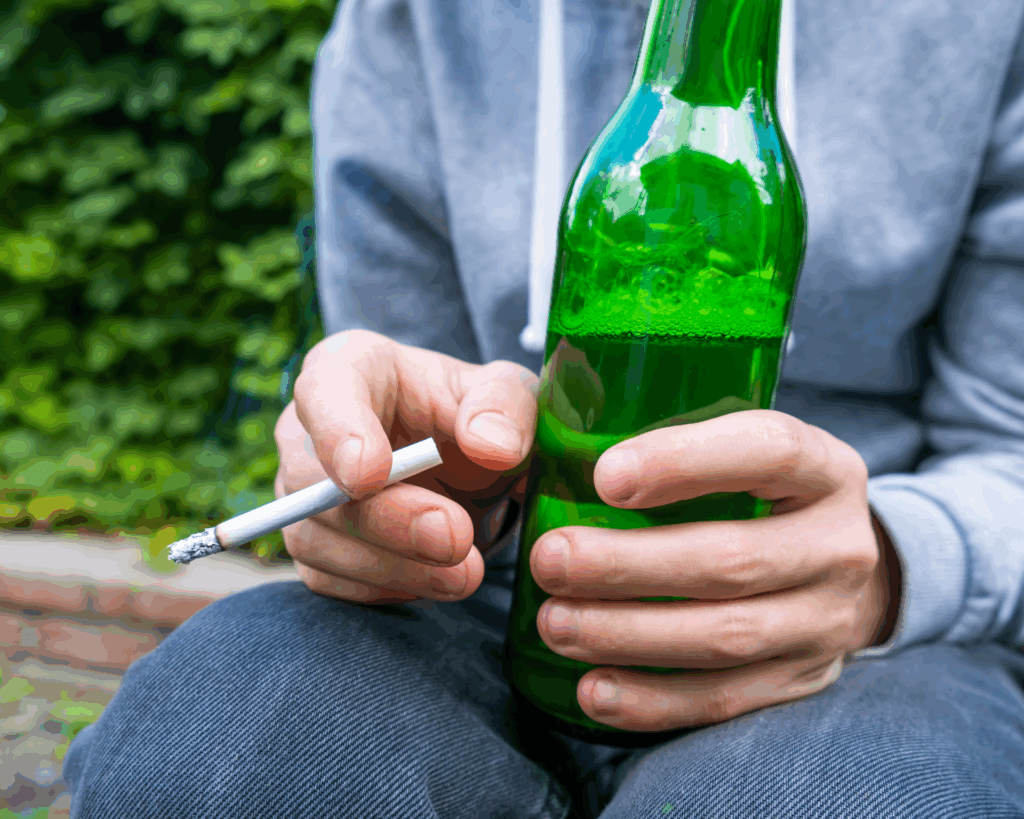Opioid Overdose Deaths among the Formerly Incarcerated
The United States has underutilized prevention and treatment strategies in its response to opioid overdose death in people with a history of incarceration.

Read Time: 3 minutes
Published:
Targeting high-risk populations for prevention and treatment is a proven strategy to control epidemics; however, the United States has underutilized this strategy in responding to the opioid epidemic. One population at high risk of opioid overdose death are people with history of incarceration.
According to the Department of Justice, in 2015 more than 6.7 million individuals in the United States were incarcerated or under correctional supervision. Many more individuals are released each year. North Carolina alone releases twenty to thirty thousand individuals each year. These formerly incarcerated persons are disproportionately Black, Hispanic, underserved, and socioeconomically disadvantaged. Many suffer from mental health conditions including substance use disorders, making them vulnerable to fatal overdose.
In a recent study, we used prison release data from the North Carolina Department of Public Safety from 2000 to 2015 and linked them to NC death records from 2000 to 2016. Our team found that the opioid overdose death rate was 39 times greater among formerly incarcerated NC residents over the first two weeks after release than in general population.
Our team found that the opioid overdose death rate was 39 times greater among formerly incarcerated NC residents over the first two weeks after release than in general population.
The heroin-specific overdose death rate was 73 times greater among formerly incarcerated persons at two weeks after release than the general NC population. Formerly incarcerated persons who died of opioid overdoses in the first two weeks tended to be White men over age 50 with a history of two or more incarcerations, a drug-related conviction, and a history of mental health and substance use disorders.
Medication-assisted treatment with buprenorphine and methadone is a highly effective way to treat substance use disorder and reduce overdose deaths. However, most treatment in prisons is abstinence-based. Medication-assisted treatment is seldom used, despite recommendations from the Office of National Drug Control Policy, a presidential Commission on Combating Drug Addiction and the Opioid Crisis, and the World Health Organization.
Dignity, self-esteem, love, social connections, and sense of belonging are essential for human life, which is the very reason we live in a society, form communities, follow customs, and celebrate one another. Those who break rules, go out of step with social norms, or do things that harm the social harmony are punished. The punishments, however, are intended to be corrective, so that a person can get a second chance to restore their dignity and self-esteem. Hence, prisons are often referred to as correctional facilities.
In 2016, the Rhode Island Department of Corrections started a program to continue buprenorphine or methadone treatment for newly incarcerated persons who were receiving treatment at the time of their arrest.
Once the correction has taken place, we, as a society, must help former prisoners to assimilate back into society and regain their lost dignity and self-esteem. As a nation, we seem to be failing at that. But Rhode Island recently seems to have turned an important corner.
In 2016, the Rhode Island Department of Corrections started a program to continue buprenorphine or methadone treatment for newly incarcerated persons who were receiving treatment at the time of their arrest. After release from prison, these individuals are connected to community organizations who offer medication-assisted treatment. This strategy resulted in a decrease in overdose deaths among individuals leaving prison. Additionally, more importantly, the entire state experienced a decrease in opioid overdose deaths. Reducing stigma and discrimination against formerly incarcerated persons, along with evidenced-based prevention and treatment for opioid-use disorders and overdoses will have a positive impact that goes beyond these individuals, to their families, communities and the entire nation.
Feature image by Ye Jinghan on Unsplash



